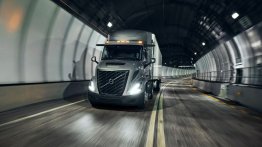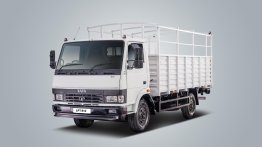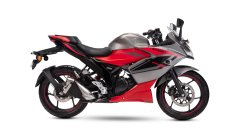Scania announces far-reaching measures to decarbonise its supply chain by 2030. Together with Scania’s suppliers it has outlined an ambitious industry-leading strategy to eliminate the largest carbon emissions sources from the most common production materials and batteries.
Through life cycle analyses, Scania has identified four emission “hotspots” – batteries, steel, aluminium and cast iron – that together constitute approximately 80 percent of carbon emissions arising from production materials.
In electric vehicles, for example, batteries can account for half of sourcing emissions whereas in combustion engine vehicles, steel has the greatest carbon footprint. These four hotspots are therefore the focus of Scania’s supply chain decarbonisation strategy.’
The 2030 target is 100 percent green batteries, 100 percent green steel, 100 percent green aluminium and 100 percent green cast iron in its production.
Scania’s definition of “green” requires eliminating the main sources of emissions by utilising new technologies, green electricity and/or recycled material. In batteries, for example, access to green energy in production is decisive. In the production of flat steel, replacing coal with green hydrogen is key.











